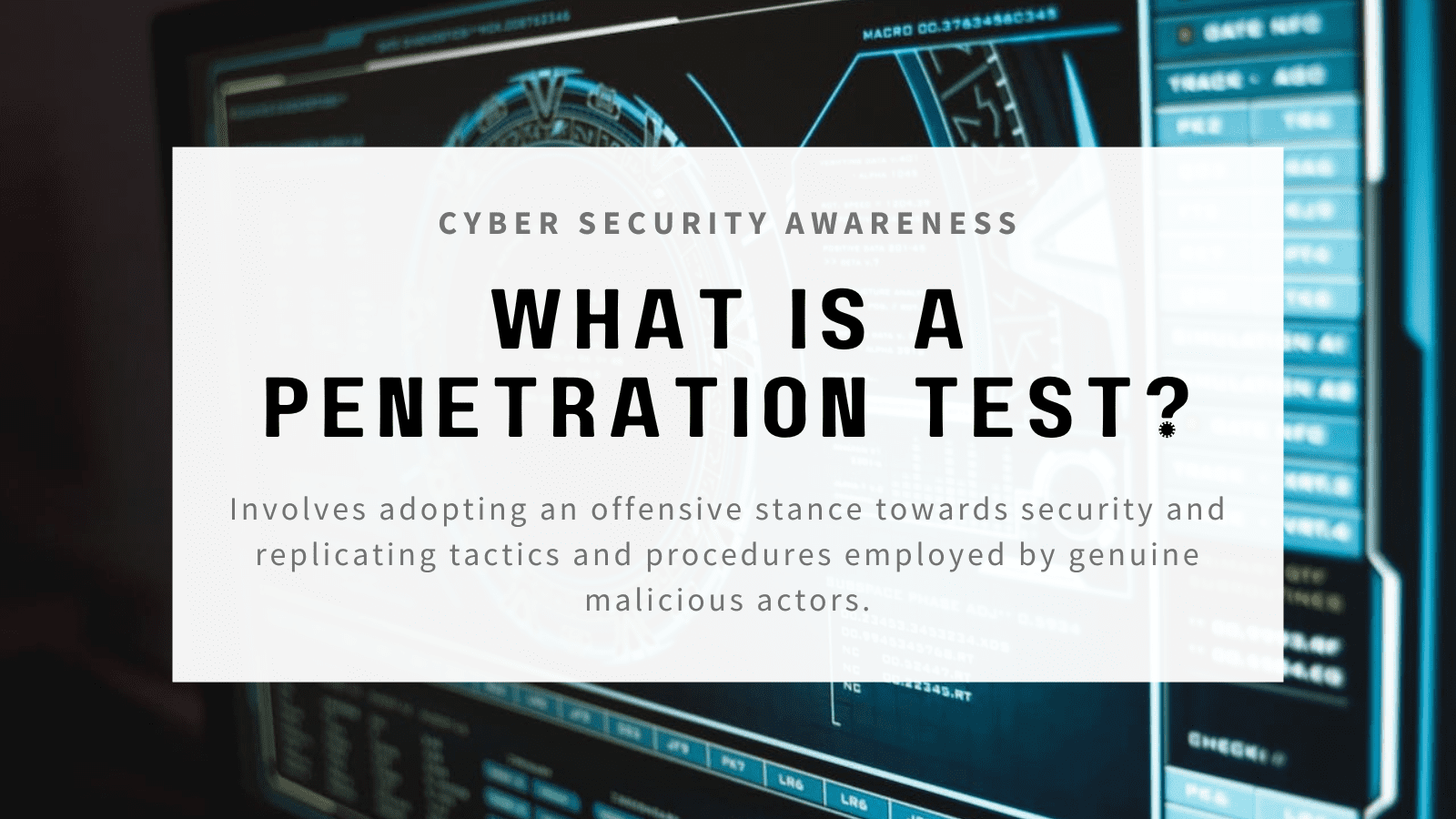Penetration Testing
Conducting penetration testing is an essential component of a company’s comprehensive security strategy. Conducting a Penetration Test involves adopting an offensive stance towards security and replicating tactics and procedures employed by genuine malicious actors. Meeting insurance and policy requirements is often necessary. This test adopts a methodical approach to identifying vulnerabilities, weaknesses, and misconfigurations in networks, web applications, mobile devices, and physical security. Before malicious actors can exploit them, the test aims to find vulnerabilities.
Conducting penetration testing is just one aspect of maintaining a robust security framework; it should be integrated into routine security practices along with defensive and management approaches.
It is essential for penetration testers to be aware of all possible entry points into a network, as attackers only need to exploit one vulnerability to succeed.

Guided by a consultant It is recommended to conduct Penetration Testing every six months to verify the security of your applications and infrastructure and identify any potential vulnerabilities or security misconfigurations. It is advisable to conduct monthly vulnerability scans during this period to detect any noticeable changes or vulnerabilities. It’s possible that the software being used on an application or server has a vulnerability that enables remote code execution. It’s important to differentiate between vulnerability scans and penetration tests. Automated scanners may not effectively identify vulnerabilities in business logic.
It is essential to utilize monitoring software to promptly detect any potential threats. This service is referred to as PTaaS (Penetration Testing as a Service) and guarantees that your organization’s applications and/or infrastructure undergo continuous assessments.
Penetration Testing for Web Applications
Businesses and organizations all over the world use web applications that are accessible online. Web sites have evolved from displaying static text and pictures to becoming Web Applications with dynamic functionality and session management due to advancements in technology. Lately, there have been numerous high-profile vulnerabilities, ranging from cross-site request forgery to card skimming.
What advantages does Web Application Penetration Testing offer?
- Identifying and assisting in resolving security vulnerabilities.
- Enhancing the overall security stance and minimizing the overall threat landscape.
- Penetration Testing Infrastructure is required by many regulatory bodies.
Infrastructure Penetration Testing
An organization’s infrastructure, whether internal or external, encompasses a collection of computers that store sensitive information about employees and clients and frequently support essential business software. Should this information be compromised and made public, it could lead to significant damage to your reputation, financial penalties, and even legal consequences.
What advantages does Infrastructure Penetration Testing offer?
- Assessing the infrastructure for security vulnerabilities to prevent attackers from accessing sensitive information or compromising systems.
- Enhancing the overall security stance and minimizing the threat landscape.
- Several regulatory bodies mandate penetration testing.
Social Engineering
Assessing the human element in your company’s infrastructure is done through social engineering. This can vary from physical intrusion to phishing campaigns and is frequently utilized to evaluate the effectiveness of employee awareness training. The human element is frequently underestimated, even though it is the primary target for successful attacks. As per the U.S. Chamber of Commerce’s Cybersecurity Summit, sophisticated emails are responsible for 90% of successful cyberattacks.
What advantages does Social Engineering offer?
- Evaluating the efficacy of your awareness training program
- Addressing any weaknesses in your human infrastructure

